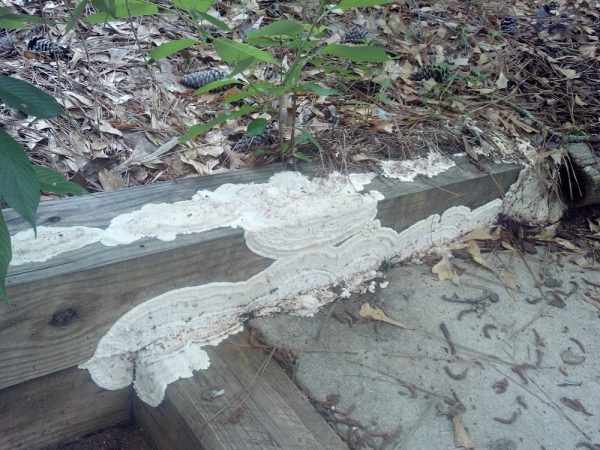Turnip

Brassica rapa var. rapifera
Turnips are cool-weather members of the cabbage family, which includes broccoli, cauliflower, Brussels sprouts, and kohlrabi.
• More detailed information can be found in The Georgia Fruit & Vegetable Book by Walter Reeves and Felder Rushing
• See also:
Turnips and their leafy greens, grown since early Roman Empire days, have been familiar staples of the Southern garden and winter diet since early settlers first came to Virginia and the Carolinas in the 1600’s. A small amount can supply a family for months.
WHEN TO PLANT
The turnip roots develop best in cooler weather. Grow turnips for a spring or a fall crop, sowing seed directly in the garden in March or early April, and again in August and September.
WHERE TO PLANT
Plant turnips in a full-sun location (8 to 10 hours will suffice) that has well-prepared, well-drained, fertile soil. Poorly prepared or rocky soil results in poorly formed roots.
HOW TO PLANT
Apply a complete garden fertilizer, such as 10-10-10, at a rate of 11/2 pounds per 100 square feet of garden. Spade or rototill the soil. (See “Soil Preparation” in the introduction to the vegetable garden.) To plant in rows, sow seeds 1/2 inch deep 8 to 10 per foot, in rows 12 inches apart. To plant in beds, sow in rows 10 to 12 inches apart across the beds. If root maggots have been a problem in the past and your previous crops have suffered damage, mix an approved garden insecticide in water according to label directions, and apply it as the seeds are watered in. As soon as seedlings are 4 inches tall, thin them to about 3 inches apart, and use the extra ones for greens.
CARE AND MAINTENANCE
For the best-quality turnips, water as necessary to keep the plants vigorous and growing. Usually, about 1 inch of water per week is sufficient. Rapid growth results in the best quality. Pests include aphids and leaf-eating beetles. Use an approved garden insecticide according to directions, especially following waiting periods between application and harvest.
ADDITIONAL INFORMATION
Harvest turnip greens about 5 weeks after sowing. Cut them just above the root so that they may regrow. Varieties grown for greens do not usually make satisfactory roots for harvesting. Harvest turnips grown for the roots when they are about 2 to 3 inches in diameter. If they are allowed to grow beyond maturity, the roots will be tough, woody, and poorly flavored. Don’t throw the tops away; use them for greens. Turnips are quite hardy and will stand a freeze. Store late crops in the ground, and they will become sweeter with the cold. Protect them with heavy straw mulch to prolong the harvest into the early part of the winter, but dig the remaining roots before they are exposed to a hard freeze. Turnips also store well under refrigeration, but they may wilt. Protect them from wilting by dipping them in warm paraffin wax or storing them in plastic bags.
VARIETIES
Varieties
Days to Maturity
Comments
Alltop q
35 days
For leafy green, not roots; regrows quickly.
Seven Top
40 days
Dark green leaves, small roots.
Topper
35 days
Vigorous leaf production, slow to bolt.
Purple Top
55 days
The standard, purple and white root.
Tokyo Cross
35 days
Uniform white roots, slow to become woody. AAS.
White Lady
50 days
Sweet and tender, slow to become pithy
Just Right
70 days
Large white roots and large abundant leaves, highly cold tolerant
Shogoin
35 days
Dual-purpose with mild and tender small roots and abundant leaves














